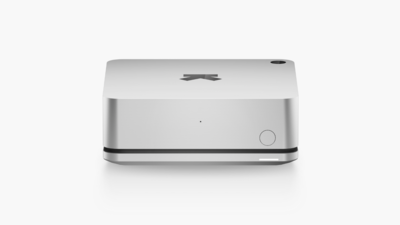ARTICLE AD BOX

Ultrahuman
is shifting the health tracking paradigm from personal wearables to
environmental monitoring
with the launch of
Ultrahuman Home
, a $549 device that transforms living spaces into comprehensive wellness ecosystems. The compact monitoring system represents a strategic pivot in health tech, moving beyond individual biometrics to track the environmental factors that fundamentally influence our well-being.The device continuously monitors air quality parameters including fine particulate matter (PM 1, PM 2.5, PM 10), volatile organic compounds, and carbon dioxide levels, while simultaneously tracking temperature, humidity, noise, and sophisticated light spectrum analysis. This holistic approach addresses a critical gap in personal health data – the environmental context that shapes our physiological responses."We're enabling individuals to make informed decisions about their living spaces, leading to improved well-being and recovery," said Mohit Kumar, Ultrahuman's Founder and CEO. The company's vision extends beyond simple environmental monitoring to create actionable insights that directly correlate with health outcomes.
When your home becomes Your health coach
Ultrahuman's breakthrough lies in
UltraSync technology
, which integrates home environmental data with physiological metrics from their
Ring AIR
wearable. This convergence enables unprecedented correlations, linking nighttime noise spikes directly to sleep disruptions or correlating air quality fluctuations with recovery patterns and heart rate variability.
The system generates a unified "Room Score" that aggregates multiple environmental factors into a single, actionable wellness metric, simplifying complex environmental data into meaningful insights for users.The device's sophisticated light monitoring capabilities distinguish it from conventional air quality monitors. By tracking blue, red, green, and infrared light exposure alongside UVA, UVB, and UVC levels, Ultrahuman Home enables precise
circadian rhythm optimization
– helping users align their lighting environment with natural biological cycles while mitigating melatonin suppression from excessive blue light exposure.



.png)
.png)
.png)
















 15 hours ago
6
15 hours ago
6









 English (US) ·
English (US) ·